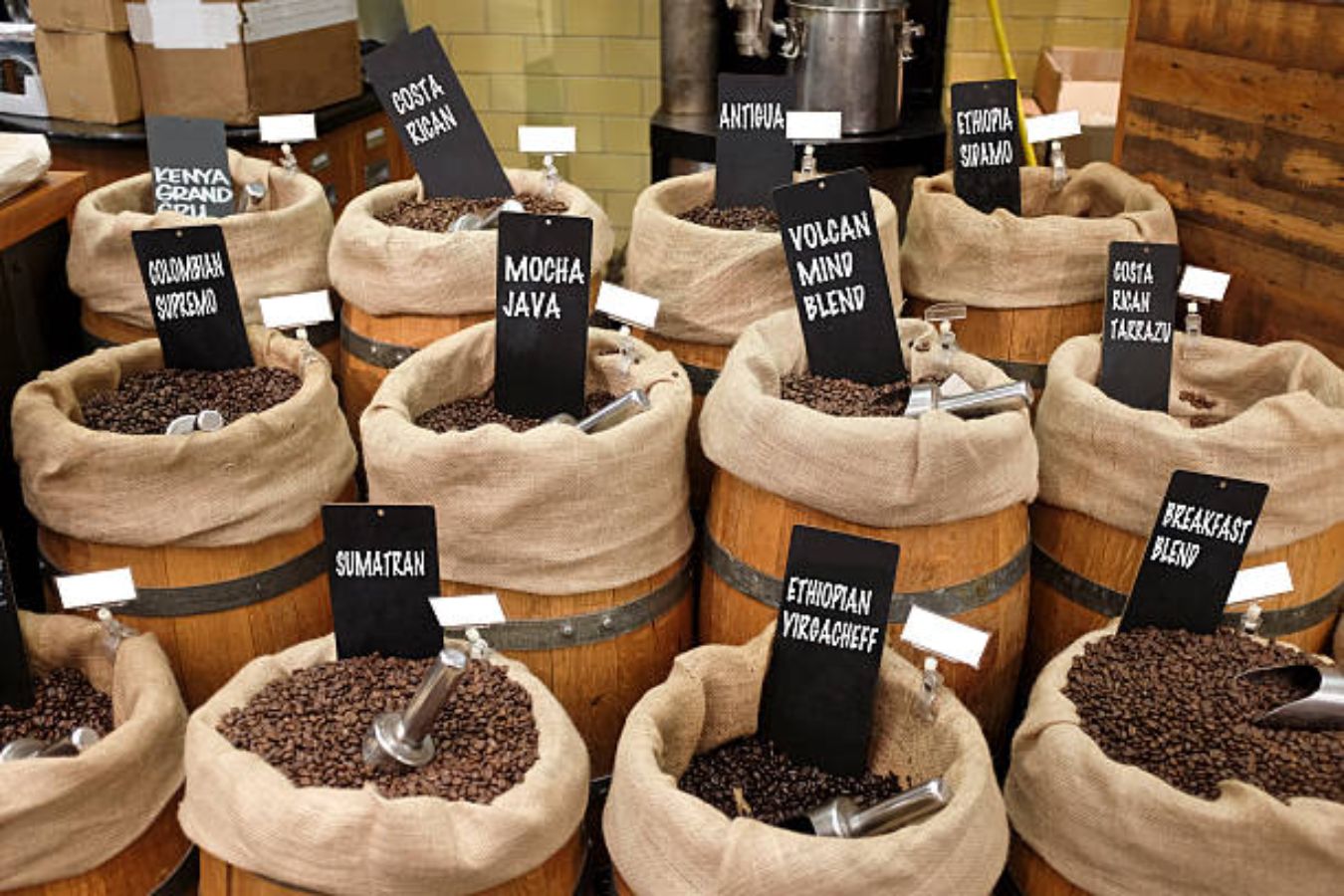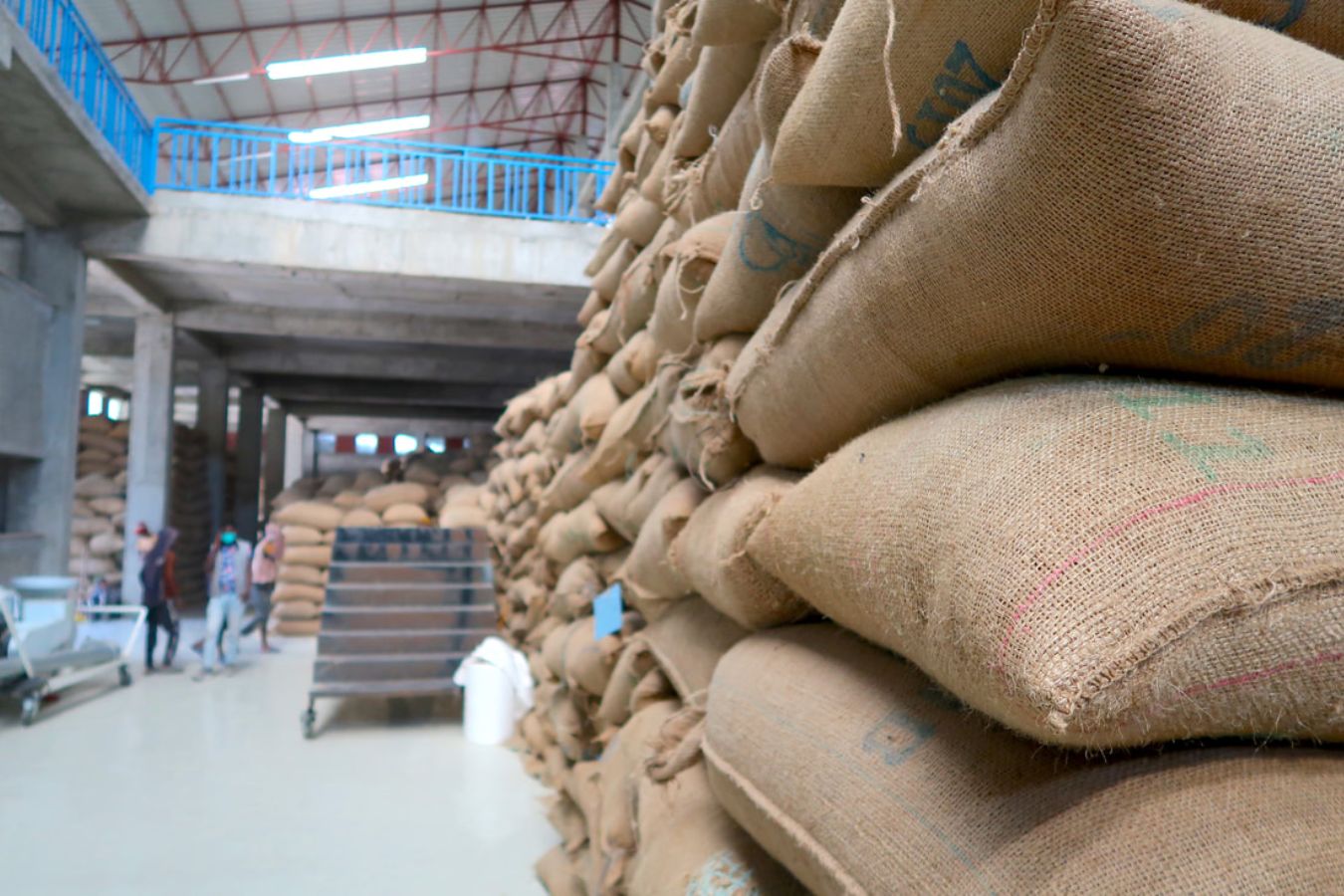
What IS C Market? Few things appear simpler to the typical customer than a cup of coffee—add water (and milk and sugar). However, the feeling is often the polar opposite for those on the other side: few things seem more complicated than coffee.
This is especially true after diving into one of the cafe’s many caves and deep breathing holes. From creation to roasting to brewing and beyond, each part of the industry might have an almost infinite number of components and variables to consider.
However, while most people understand the “macro” steps of coffee (the coffee farmer must then roast it before brewing it according to the method you choose) minus the technical details (e.g. processing methods, roasting curves, and catches), it’s not as simple as going to the supermarket and picking up a bag of green coffee. Sour. Unless you’re a seasoned coffee trader, understanding the C-Market can be a whole new ballgame.
What Exactly Is The C Market?
Market C is a global exchange where Arabica coffee is bought and sold — that is, traded — daily worldwide. You’re correct if you’re thinking of a stock exchange or a financial market! Coffee is a commodity, just like sugar, wheat, cotton, oil, or gold, and the flow of buying and selling determines the ever-changing price of a coffee or the “C” price.
The “C” in C Market stands for “centre” rather than “coffee” or “commodity,” as some people believe. The present C-market was formed in 1968-1969 by Central American bean growers who wanted to differentiate their prices from Brazilian beans. Before the C-Market, arabica coffee was traded on a Universal or “U” contract. Coffee-producing countries worldwide, not simply Central America, now sell Arabica beans on the C-Market.
Coffee is a commodity, but what does it mean exactly? A good is a natural resource or input that is often utilized to manufacture other items in global trade. Entities can also be used interchangeably with other things of the same type; for example, a barrel of crude oil produced in Texas can be used the same way as a barrel extracted in Saudi Arabia.

In essence, quality is thought to be consistent across objects of the same type (we in the speciality coffee business know that this is certainly not the case, but we will talk more about that later).
Coffee allowed for sale on Market C must meet particular quality standards: it must be Arabica, unroasted, manufactured in one of twenty predetermined countries, exchanged at one of eight global warehouses, and sold at around 37,500 pounds (or the size of a shipping container). A separate market exists for Robusta coffee.
One of Market C’s (or any commodities market’s) primary functions is to standardize the coffee trade and establish trading regulations.
the fact that transactions are completed “on the spot.” This is what comes to mind when we think of a traditional market with hawkers and purchasers paying in cash.
On the other hand, the spot market has two problems: liquidity and pricing. The flow of commodities on the spot market can be inefficient and turbulent because sellers do not always have guaranteed purchasers and market conditions are unpredictable. Furthermore, until sellers bring their items to market, they have no idea what their selling price is and can only set prices based on the selling prices of others.
Furthermore, producers must raise the product for several months before selling it. Several events can significantly impact pricing during that time: a catch can restrict production and raise prices, while an unexpected bumper harvest can radically raise prices. Prices will be pushed down due to a lack of supply. Of course, buyers are affected by this uncertainty.
The producer and buyer began negotiating a “future contract.” Both parties will agree to exchange the products later, but the transaction details will be decided upon first, on that day. As a result of this approach, lots became the principal means for buyers and sellers to exchange.
However, there is a new issue to consider: circumstances in which one party breaks the agreement, generally through bankruptcy. When a buyer can no longer afford to buy from a manufacturer, that manufacturer is left high and dry, reliant on the spot market.
The C Market Of Today
Enter the futures market. In the case of coffee, this is the C-Market, which is presently administered by the Intercontinental Exchange (ICE) and trades coffee futures.
The exchange serves as a third “partner” for both buyers and sellers, with the added benefit of not being shut down (under normal circumstances). Sellers sell to exchanges, and buyers buy through exchanges rather than purchasing and selling directly.
The exchange also addresses the issue of liquidity. Working through an exchange virtually guarantees that a seller will find a buyer for their product and vice versa. High trading volume can occur rapidly and efficiently in a liquid market, and participants can successfully open and cancel their positions.
When trading futures on an exchange, both parties can exit the contract at any time. Consider a buyer who has agreed to buy a container of wheat from a farmer. If the buyer wants out of the contract at any stage, they may sell it to the exchange, where it will be purchased by someone else. They only need to sell the contract before it expires, as whoever possesses the contract at the time of expiration will obtain physical delivery of the contracted items.

This means that a considerable proportion of players – sometimes known as investors or “speculators” – never indeed trade on their own in any commodity market. A commodity that buys and sells contracts the same way a person believes and sells stocks. Market actors outside the coffee business can significantly impact coffee prices, but their actions are also critical to preserving market liquidity. Learning to handle this is, in fact, a crucial component of farmer risk management and hedging contracts.
One final but crucial point to remember regarding C-Market and C-price in speciality coffee: C-price is not the total price paid to farmers for their coffee, but simply a portion of it. Because all coffee is considered a commodity, the price C is applied to all Arabica coffee, regardless of quality or separation point.
However, it’s vital to remember that the C price is merely a guideline, a “standard” price for coffee. The difference between speciality and regular coffee is determined by country, quality, and certification. Receive is based on that price and significantly influences the ultimate amount paid to farmers. If you’re having trouble grasping some of this, here are some critical methods to get the “what” and “why” of the C-Market:
Market C is a global commodity exchange comparable to a stock exchange, where green Arabica coffee is bought and sold, and coffee futures are traded.
The C Market does not trade all coffees. Coffee must meet specific criteria to be changed.
Like a stock market, C Market standardizes exchanges and establishes the regulations for who can trade and how they can deal. There are also exclusive market participants who execute purchase and sell contracts and those involved in the production of green coffee products.
The global benchmark for coffee prices in Market C. While various factors influence the final price paid for coffee, a price reference is necessary. It would be impossible to calculate the price of coffee on a worldwide scale without using the C price as a benchmark.
Market C serves as a centralized counterparty, ensuring market liquidity and coffee flow through contracts for buying and selling.